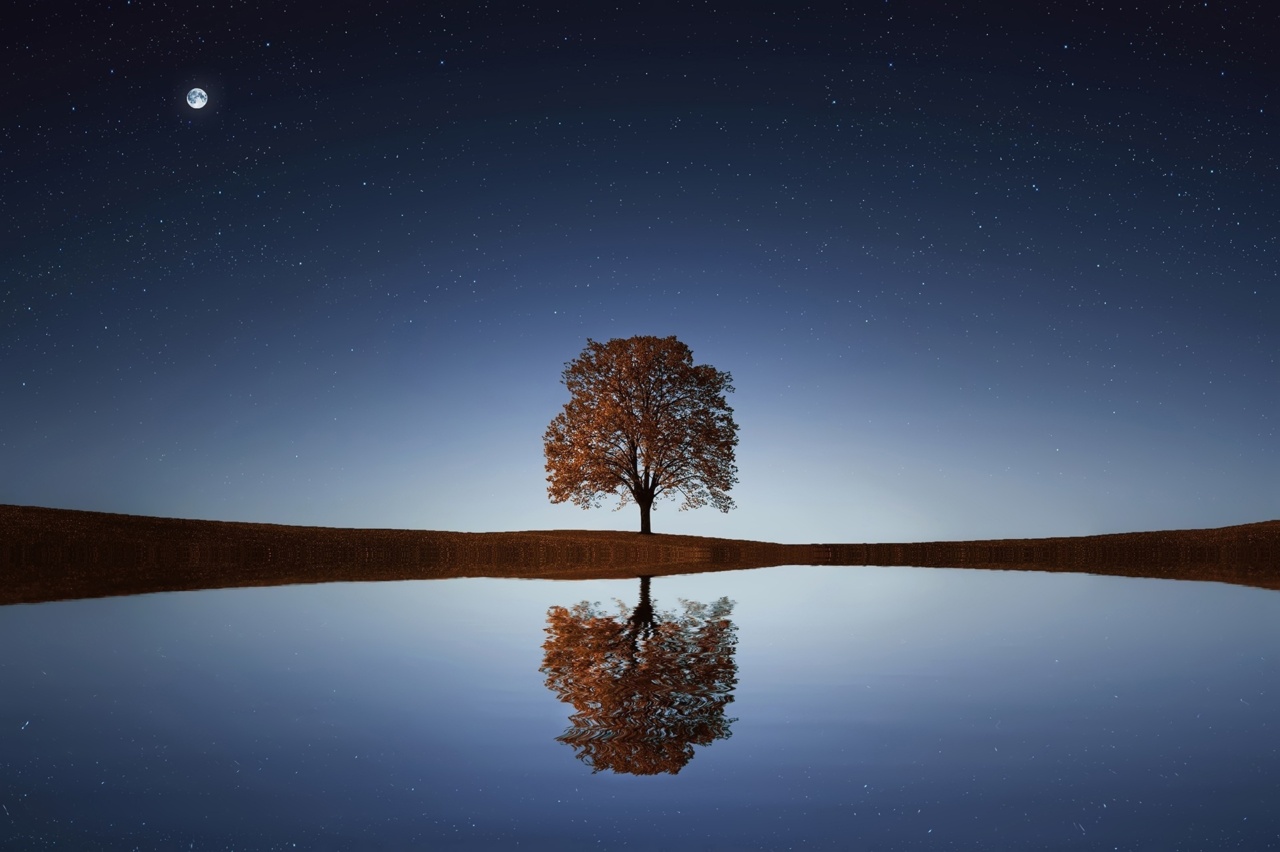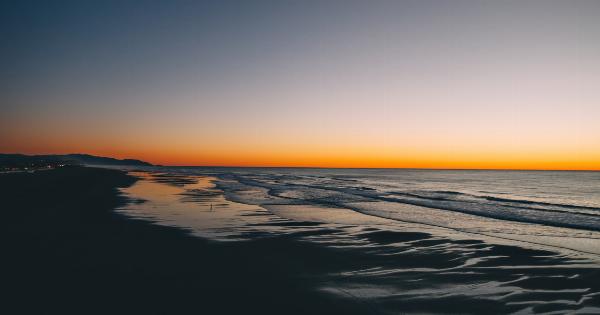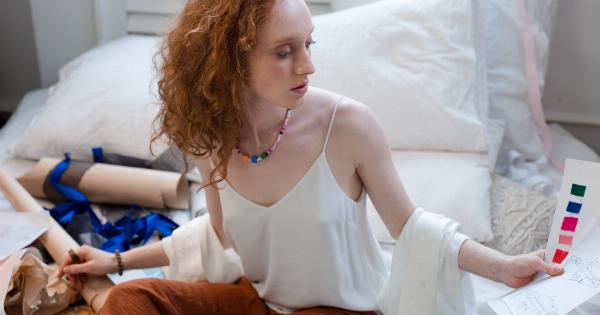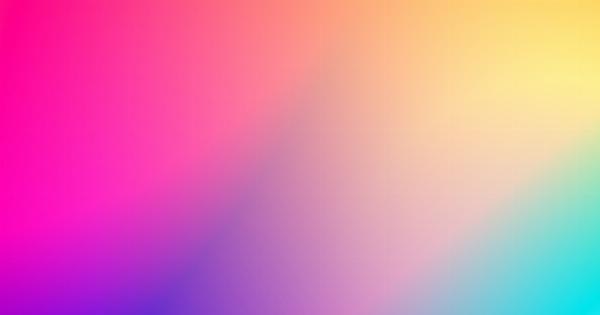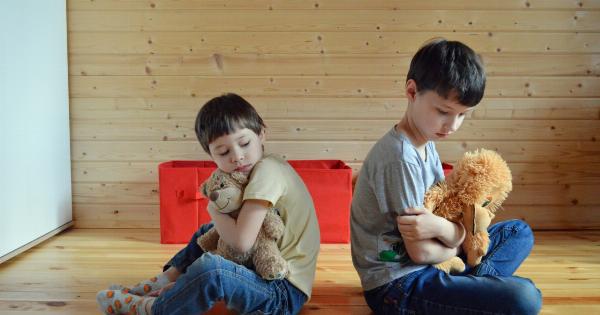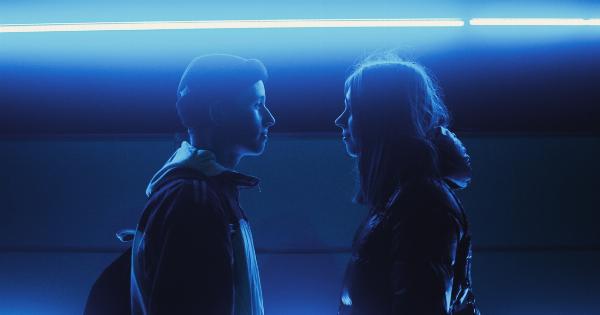When it comes to creating a relaxing environment, color is an important consideration. Different colors can have a significant impact on our mood and emotions, so choosing the right color scheme for your space is essential.
In this article, we’ll explore some of the most calming colors and the benefits they bring to our well-being.
Blue
Blue is often considered the most calming color, and for good reason. It has a soothing effect on the body and mind, helping to reduce stress and promote relaxation.
Research has shown that blue can lower blood pressure, slow down breathing, and reduce heart rate, making it an excellent choice for spaces where you want to create a calming atmosphere. Lighter shades of blue, such as baby blue and powder blue, are especially tranquil and are often used in bedrooms and bathrooms.
Green
Green is another color that is associated with relaxation and tranquility. Its calming properties make it an excellent choice for bedrooms, living rooms, and other spaces where you want to create a peaceful atmosphere.
Green is also said to promote balance and harmony, making it an ideal color for meditation spaces. In addition to its calming effects, green is known to have a rejuvenating effect on the eyes, making it a popular choice for hospitals and healthcare facilities.
Lavender
Lavender is a soft, soothing color that is often used in spas and other relaxation-focused businesses. It has a calming effect on the mind and body, helping to promote restful sleep and reduce stress levels.
Lavender is also said to have mood-enhancing properties, making it an effective color for spaces where you want to create a peaceful, uplifting atmosphere. Its calming effects make it an ideal choice for bedrooms, bathrooms, and other spaces where you want to relax and unwind.
Gray
Gray is a neutral color that can be both calming and sophisticated. It has a soothing effect on the mind, helping to reduce stress and promote relaxation.
Gray is often used in bedrooms, bathrooms, and other spaces where you want to create a calming atmosphere. It also pairs well with other colors, making it a versatile choice for a range of decorating styles.
Pink
Pink is a soft, feminine color that is often used in bedrooms and other spaces where relaxation is key. Its calming properties make it an excellent choice for promoting restful sleep, reducing stress, and creating a tranquil environment.
Pink is also known to have mood-enhancing properties, making it a great option for spaces where you want to create a nurturing and uplifting atmosphere.
Yellow
Yellow is a bright, cheerful color that is often associated with happiness and optimism. Its energizing properties make it an excellent choice for spaces where you want to create a lively, uplifting atmosphere.
Yellow is also said to promote creativity and enhance concentration, making it a popular color for home offices and creative spaces. However, it’s important to use yellow in moderation, as excessive exposure to this color can cause anxiety and nervousness.
White
White is a clean, crisp color that is often associated with purity and simplicity. Its calming properties make it an excellent choice for bedrooms, bathrooms, and other spaces where you want to create a serene environment.
White is also said to promote clarity and mental focus, making it an effective color for study spaces and work areas. However, it’s important to balance white with other colors, as excessive exposure to this color can feel sterile and clinical.
Brown
Brown is a warm, earthy color that is often associated with comfort and security. Its calming properties make it an excellent choice for bedrooms and other spaces where you want to create a cozy, inviting atmosphere.
Brown is also known to have grounding properties, making it an effective choice for meditation spaces and yoga studios. However, excessive exposure to brown can feel heavy and oppressive, so it’s important to balance it with lighter colors and textures.
Beige
Beige is a soft, neutral color that is often associated with calmness and relaxation. Its soothing properties make it an excellent choice for bedrooms and other spaces where you want to create a peaceful atmosphere.
Beige is also said to have a grounding effect on the mind and body, making it an effective choice for meditation spaces and other relaxation-focused areas. However, it’s important to add pops of color and texture to beige spaces, as excessive exposure to this color can feel bland and uninspiring.
Purple
Purple is a rich, regal color that is often associated with luxury and sophistication. Its calming properties make it an excellent choice for bedrooms and other spaces where you want to create a serene environment.
Purple is also said to have a healing effect on the mind and body, making it an effective choice for healthcare facilities and spas. However, it’s important to use purple in moderation, as excessive exposure to this color can feel overwhelming and intense.
Conclusion
Ultimately, the best color for relaxation will depend on your personal preferences, the intended use of the space, and the overall atmosphere you want to create.
By understanding the properties of different colors, you can make an informed decision about the best color scheme for your space. Whether you choose blue, green, lavender, gray, pink, yellow, white, brown, beige, or purple, incorporating calming colors into your home or workspace can have a positive impact on your mood, health, and overall well-being.
